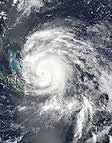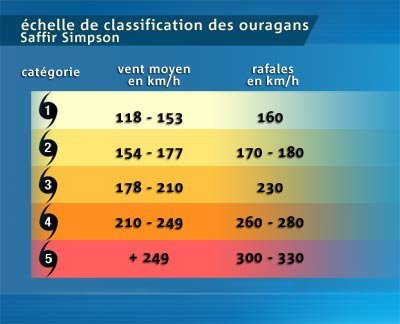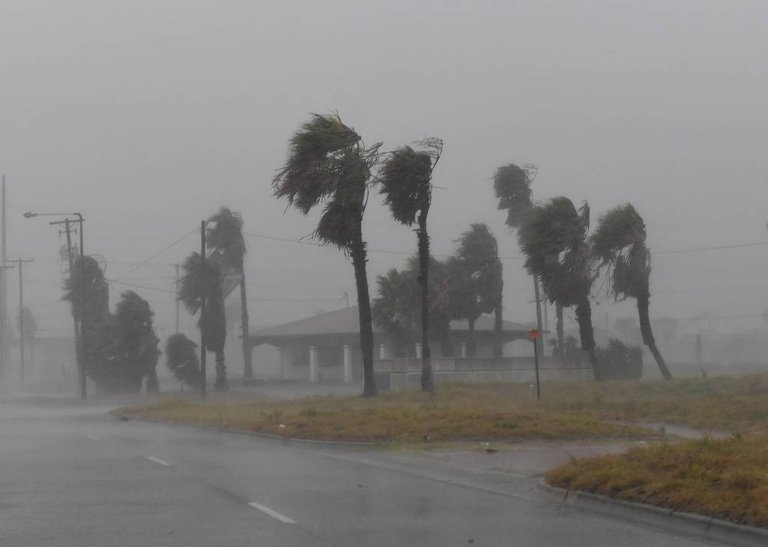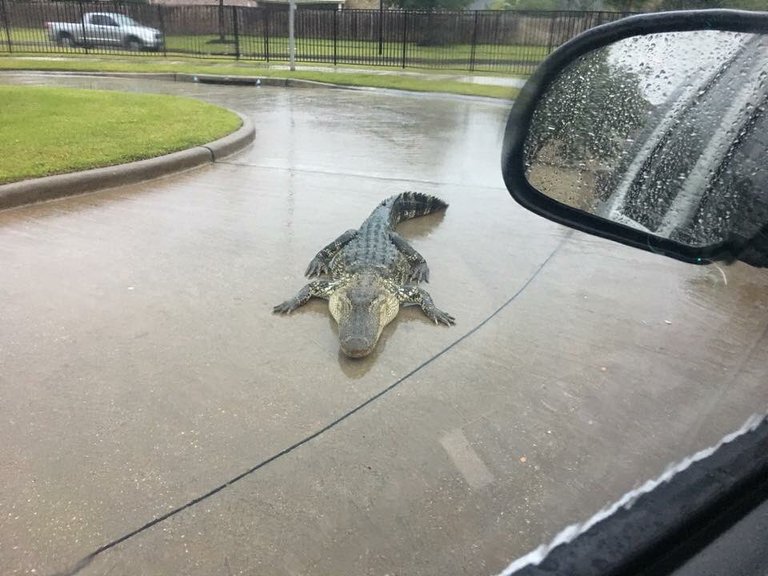
According to the World Meteorological Organization, the cyclone season 2017 in the North Atlantic Ocean will extend from 1 June to 30 November 2017.
Prevention
This is the first year that the US National Hurricane Center warnings for potential tropical cyclones. It prevents disturbances that have not yet reached tropical depressions but have a high probability of becoming depressed and can cause significant effects on land within 48 hours.
Forecasts
The average number of cyclones in the North Atlantic per season between 1981 and 2010 is 12. 1 tropical storms and 6.4 hurricanes, including 2.7 major hurricanes, reaching at least category 3 on the Saffir-Simpson scale (tropical cyclone intensity classification scale, called hurricanes, forming in the western hemisphere, which includes the Atlantic and North Pacific Ocean cyclonic basins east of the date line. It is graduated into five intensity levels, corresponding to normalized wind speed intervals). To classify a cyclone on this scale, the speed of the sustained winds is recorded for one minute at a height of 10 meters, the average thus obtained is compared with the intervals.

Forecasts of hurricane activity are issued prior to each hurricane season by hurricane experts from Colorado State University (CSU), the National Weather Service of NOAA, the Met Office and other specialized services. A season is defined as above normal, near normal or below normal by the combination of the number of storms named, the number that has reached the hurricane force, the number of major hurricanes, and the index ACE (accumulated cyclone energy : is the total energy amount of one or more cyclones estimated from the maximum wind speed in each six hour period. This quantity is a measurement index used by the National Oceanic and Atmospheric Administration (NOAA) to quantify the energy of tropical cyclones such as hurricanes and typhoons. The total index of a cyclone or all the tropical systems of a season in an Ocean basin may be evaluated and compared with other cyclones or seasons.
On May 25, 2017, the US National Weather Service presented its seasonal forecasts, stating that the presence of a small El Niño event (El Niño initially refers to a hot seasonal offshore current from Peru and of Ecuador ending the fishing season, which now means by extension the particular climatic phenomenon, different from the usual climate, characterized by abnormally high water temperatures in the eastern part of the South Pacific Ocean , representing a southern extension of the Peruvian hot current and was linked to a cycle of global atmospheric pressure variation between the eastern and western Pacific, called the Southern Oscillation, and the two phenomena title of ENSO : El Niño-Southern Oscillation), or even its non-existence, the service predicted a 70% probability of a season above normal with 11 to 17 tropical systems including 5 to 9 hurricanes and 2 to 4 reaching the major threshold.
HARVEY
Hurricane Harvey was expected to sweep over the US Gulf Coast on the night of Friday to Saturday, August 26, 2017. The authorities feared severe damage and potential casualties, which is unfortunately the case.
He touched the land on the Texas coast not far from the town of Corpus Christi, beating the coastline with winds at 215 km/h and was later demoted into a tropical storm.
It hit a geographical area concentrating petroleum and petrochemical industries with a very high risk of pollution of the affected territories.
As of August 27, 2017, with the storm's core remaining practically stationary, rainstorms hit the Houston area. The National Weather Service had announced unprecedented floods.
Hurricane Harvey is a category 4 hurricane with maximum winds of 215 km/h. It is one of the most powerful hurricanes in the United States since the mid-2000s with Hurricane Katrina in August 2005.
It is the eighth tropical system of the hurricane season 2017 in the North Atlantic Ocean and the first major hurricane.
As of August 31, 2017, according to a team of German natural disaster experts, Hurricane Harvey has caused considerable material damage of approximately US $ 58 billion, only in Texas.

As of September 1, 2017, the human balance is between 38 and 44 deaths.
While it is impossible to attribute an isolated meteorological event to the current global warming, Harvey nevertheless appears to be a realization of climate risk.
Storm names in 2017
The list of names used to name the storms and hurricanes for 2017 is the same as for the 2011 hurricane season except for Irene which was withdrawn and will be replaced by Irma in 2017. The names used in 2017 then withdrawn, will be announced in the spring of 2018 at the meeting of the World Meteorological Organization.
Arlene - Bret - Cindy - Don - Emily - Franklin - Gert - Harvey - Irma - Jose - Katia - Lee - Maria - Nate - Ophelia - Philippe - Rina - Sean - Tammy - Vince - Whitney.
Harvey
In addition to facing the winds, floods and the fact that their homes are destroyed, the residents have to face alligators !! Indeed, reptiles invade the streets of Texas, squatting gardens and terraces, also surprised by the rising waters. The police advised to leave them alone, they will return to the swamps, their natural habitat, once the level of water has come down.

@Indesta120282 Scary scary storms.
It's a bit worrying ... I hope it's okay